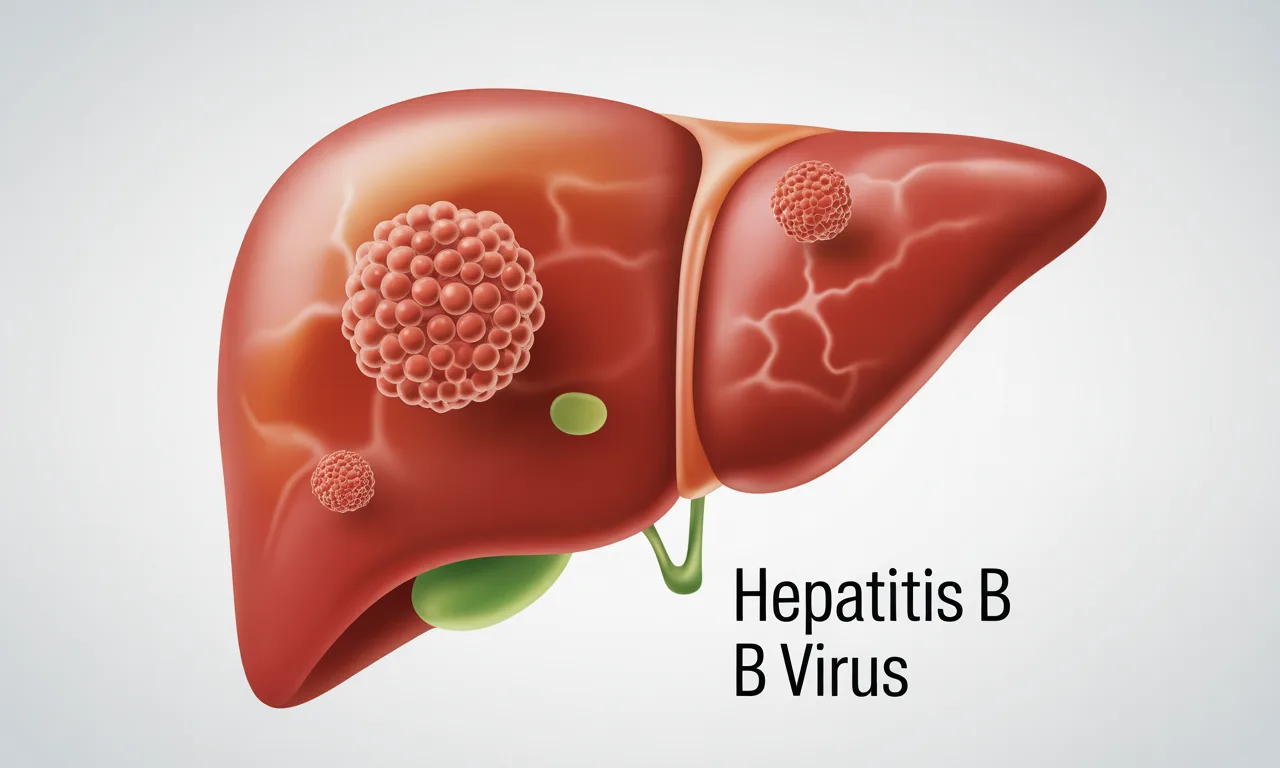What is Hepatitis B?
Hepatitis B is a serious liver infection caused by the Hepatitis B virus (HBV). It can lead to both acute and chronic liver disease, and if left untreated, may result in cirrhosis, liver failure, or liver cancer. The virus spreads primarily through blood and body fluids, making it a major global and national health concern.
Causes and Transmission of Hepatitis B
Hepatitis B is highly infectious and spreads through contact with infected blood or bodily fluids. Common transmission routes include:
- Unprotected sex with an infected person
- Sharing needles or syringes
- Unsafe blood transfusions or medical procedures
- From an infected mother to her baby at birth (vertical transmission)
- Sharing personal items like razors or toothbrushes
Unlike Hepatitis A, Hepatitis B does not spread through food, water, or casual contact such as hugging or sharing utensils.
Symptoms of Hepatitis B
Symptoms may appear 1 to 4 months after exposure. Many people, especially children, may not show symptoms. When present, symptoms include:
- Fatigue and weakness
- Loss of appetite
- Fever and joint pain
- Nausea and vomiting
- Abdominal pain near the liver
- Dark urine and pale stools
- Jaundice (yellowing of skin and eyes)
Chronic Hepatitis B may remain silent for years before liver damage is detected.
Diagnosis and Testing
Accurate diagnosis is key to managing Hepatitis B effectively. Several specialized tests help determine whether the virus is active, how infectious it is, and how severe the infection might be. These include:
- HBsAg (Hepatitis B surface antigen): Confirms current infection
- Anti-HBs (surface antibody): Shows immunity, either through past infection or vaccination
- Anti-HBc (core antibody): Detects previous or ongoing infection
- Hepatitis B Virus (HBV) Qualitative PCR Test: Confirms the presence of HBV DNA in the blood, indicating active infection. It’s crucial for initial diagnosis, especially in early stages or low viral load cases.
- HBV Viral Load Quantitative Test: Measures the concentration of HBV DNA in the bloodstream. This test helps determine the severity of infection, monitor treatment response, and assess the risk of liver damage or transmission.
These tests help assess the infection stage, risk of liver damage, and guide treatment decisions.
Prevention of Hepatitis B
Preventing Hepatitis B is possible and highly effective through vaccination and safe practices:
- Vaccination: The Hepatitis B vaccine is safe and over 95% effective. It’s part of the Universal Immunisation Programme in India.
- Safe sex practices: Use of condoms reduces risk.
- Avoid sharing needles or personal hygiene tools.
- Blood screening: Always ensure blood products are tested for HBV before transfusion.
- Maternal screening: Pregnant women should be screened to prevent mother-to-child transmission.
Treatment and Prognosis
There is no cure for Hepatitis B, but antiviral medications can suppress the virus and reduce liver damage. Treatment options include:
- Antiviral therapy (e.g., Tenofovir, Entecavir)
- Regular liver function monitoring
- Lifestyle changes: Avoid alcohol, maintain liver-friendly diet
Many people with chronic Hepatitis B live long, healthy lives with proper care and regular check-ups.
Importance of Awareness and Public Health Measures
Hepatitis B is a vaccine-preventable disease. Despite this, millions remain undiagnosed due to lack of awareness and screening. National programs like the National Viral Hepatitis Control Programme (NVHCP) in India offer free testing and treatment services, especially for high-risk populations.
Awareness campaigns are critical in reducing the spread, especially in communities with limited access to healthcare.
Conclusion
Hepatitis B is a serious but preventable liver infection. Early testing, safe practices, and vaccination are the best defenses. With increased public health efforts and awareness, we can control and eventually eliminate Hepatitis B as a major health threat.



